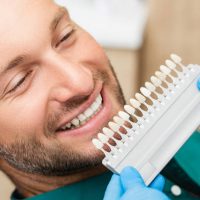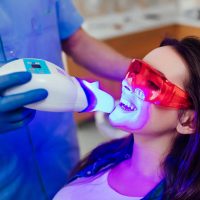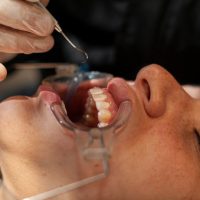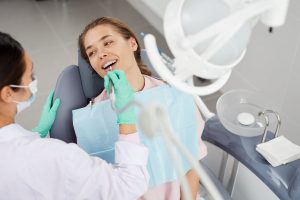
It’s easy to explain plaque builds up all over your teeth, but you can’t brush and floss everywhere to remove it. And left on your tooth enamel, it will eventually mineralize and become tartar.
How Much Does Dental Cleaning Cost in Stated Island?
The cost of dental cleaning in Staten Island varies because several factors are considered. These include the condition of the mouth, the degree of tooth cleanliness, the presence of associated inflammation in the mouth, and the regularity of the procedure itself. On average, the price of the most common and simple dental cleaning in Staten Island ranges from $75 to $250 and depends on the dentist’s skills, as well as the average cost of dental procedures in your area.
If you visit the dentist not very often and it’s been a while since your last cleaning, the doctor may recommend deep cleaning. Its cost will be higher (from 500 to 4000) and depends on the applied techniques and amount of work in general.
Also consider your dental insurance options, which may cover all or part of the cost. This depends on the type of insurance you have; in some cases, one – two cleanings per year may be fully covered. We recommend that you find out about your dental insurance options in advance so you can plan your dental visit. Contact Sola Dental Spa for more information, and we will gladly answer your questions.
Is it good to have teeth cleaning?
When you come to the best dentist for a dental cleaning, you will be examined and given an assessment of the condition of all oral cavities (teeth, tongue, and tongue). Only after that, the hygienist performs professional cleaning – removing all dental plaque, calculus and polishes the teeth. The dental cleaning is completed with a special dental gel or tooth polish.
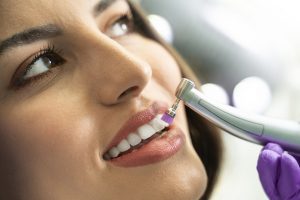
Second, a dentist can remove plaque and tartar not only from the surface of the supragingival part of the teeth (crowns) but also under the gums.
These areas are most sensitive to infection. Moreover, the final part of the procedure – polishing the surface of the teeth – reduces the chances of active tartar formation in the future.
Third, a professional cleaning is not done with a toothbrush, but with special tools and professional ultrasound equipment, which minimizes tooth trauma (chips and cracks on the enamel, etc.) that often occur when trying to remove hardened plaque on your own. In addition, it is not painful at all.
Is a dental cleaning painful?
The way a person feels depends on how they remove the plaque on their teeth and their individual sensitivity. Everyone has a different pain threshold, so it’s not a good idea to rely on other people’s reviews. What someone may find intolerable will remind you of a mosquito bite and vice versa. Dental cleaning is painless, but, if necessary, when there is high teeth sensitivity, the doctor can provide pain relief.
When cleaning a calculus in the subgingival pockets, in most cases there is a mild pain sensation. The dental stone attaches directly the periodontium. Therefore, the discomfort of the cleaning is expected. For most people dental cleaning is painless. In rare cases, there may be discomfort, but often it does not cause a strong pain syndrome. Therefore, you can perform cleaning without fear, the main thing is to consult a doctor and discuss all individual aspects.
How often should you clean the teeth?
It depends on the condition of your mouth. With very good oral health in general and home hygiene a professional cleaning may be required twice a year. Those who take good care of their teeth and gums at home, using not only toothpaste and brushes but also dental floss, brushes, irrigators, and other hygiene aids, can boast a near-complete absence of dental plaque even six months after a dental cleaning.
If, however, the patient smokes, drinks coffee, tea, chocolate, or food coloring products frequently, he or she may require more frequent cleanings for plaque and tartar (once every quarter). More frequent professional dental cleaning is not advisable as it may negatively affect the enamel.
Depending on the indication and plan, professional cleaning may be necessary before future treatments (such as braces).
What gets done at a dental cleaning?
The cleaning procedure consists of several consecutive stages, during which the specialist identifies and works with the problem areas.
Based on the information received, he or she chooses the best type of cleaning. Typically, the hygienist procedure includes the following steps:
Gingival assessment.
- Mechanical removal of tartar using hand tools and/or ultrasound from all surfaces of the tooth, including the area under the gums.
- Removal of abnormal pigment from the surface of enamel – traces of tobacco, coffee, tea, and other staining products. The dentist performs this procedure with devices of the airflow type. It treats the tooth surface with specially prepared powder mixtures.
- brushing of interdental spaces using dental floss to remove remaining fragments of hardened plaque.
- polishing the surface of the teeth with a special toothpaste.
A comprehensive dental cleaning performed in a dental office is a procedure that is not painful or uncomfortable, and takes from 20 minutes to an hour, depending on the complexity of the situation.
Are dental cleanings worth it?
Even if you take good care of your teeth, you can’t adequately clean hard-to-reach places at home. As a result, plaque and tartar will build up there. You cannot remove tartar at home.
Professional dental hygiene is very useful, as it may eliminate gum inflammation, bad breath, and loosening of teeth which causes them to fall out. It is recommended that you have a professional dental cleaning to ensure the results of dental and gum treatment.
How can I clean my yellow teeth?
Tooth enamel discoloration has certain causes, and it doesn’t happen right away. Every day we drink tea, coffee and eat food that contains dyes. These are the reasons why the color of our teeth changes over time. Teeth become gray, yellow, and brown in color. Smoking ensures tooth pigmentation.
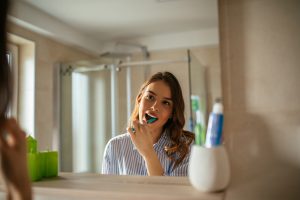
Even healthy teeth and gums need regular professional cleaning. In fact, it is thanks to this procedure that they remain so strong and healthy. And in cases where there is already an inflammation of the gums or other pathological processes, a dental cleaning becomes virtually the only way to avoid tooth loss.


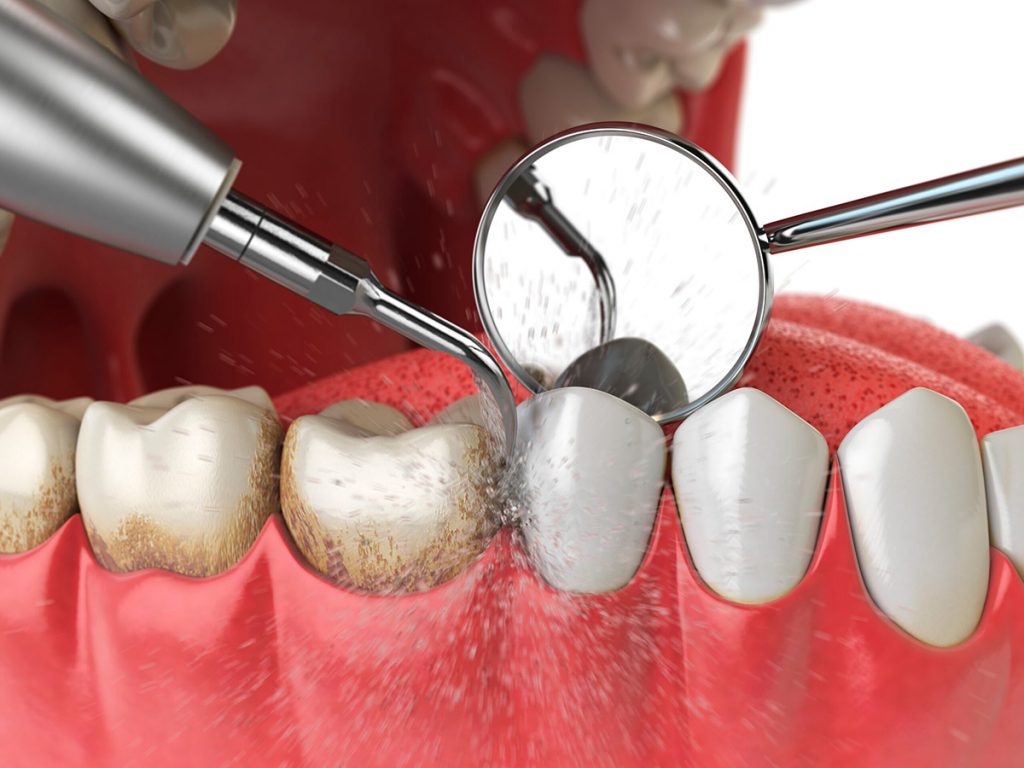
 Gingival assessment.
Gingival assessment.

